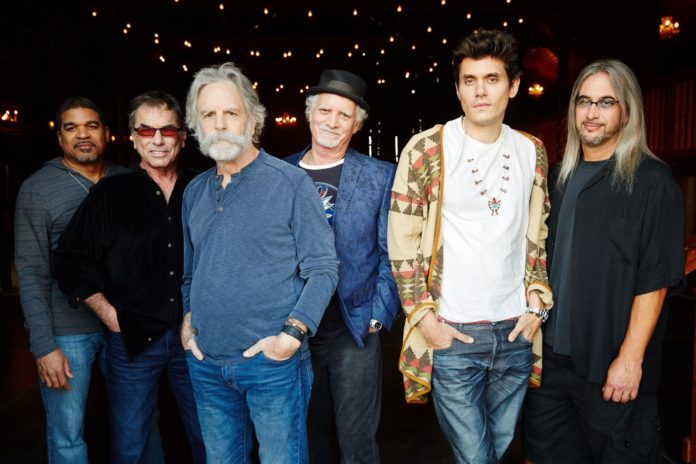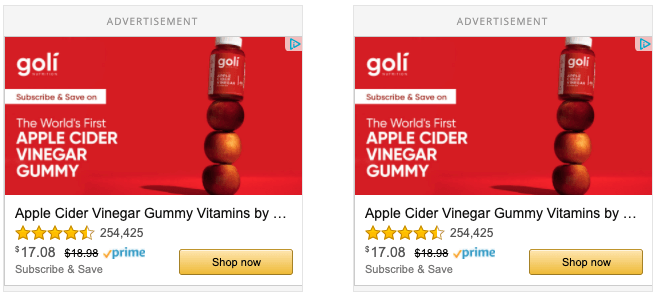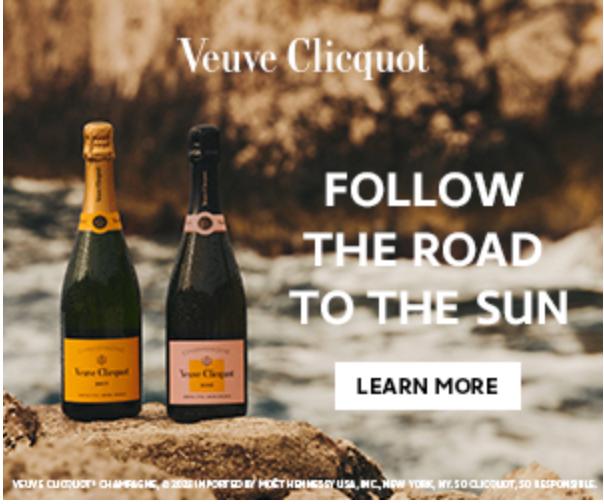Dead and Company Play Philly’s Citizens Bank Park July 10
DEAD & COMPANY – Mickey Hart, Bill Kreutzmann, John Mayer, and Bob Weir, with Oteil Burbridge and Jeff Chimenti – is excited to announce its 2022 tour.
The band’s seventh tour since forming in 2015, which kicks off June 11th in Los Angeles at the famed Dodger Stadium and runs through July, with a two-night stand at Citi Field, the home of the New York Mets, on July 15th and July 16th.
Advertisement
The 2022 Summer Tour, produced by Live Nation, also includes two nights in the Bay Area at Shoreline Amphitheater (June 13th & 14th),
two nights at UC Boulder’s Folsom Field (June 17th & 18th), two nights at the iconic Wrigley Field in Chicago (June 24th & 25th), a night at Gillette Stadium in Foxborough, MA (July 2nd),
And a night at Citizens Bank Park in Philadelphia (July 10th), before wrapping up with epic shows at Citi Field in New York (July 15th & July 16th). A full listing of the 2022 tour dates can be found below.
Related: Gwen Stefani will headline the annual Opening Night at the Hollywood Bowl Friday, June 3.
Tickets will go on sale to the general public beginning Friday, April 8th@ 10 AM local venue time through deadandcompany.com.
To ensure fans get tickets directly in their hands, Fan Registration is now available HERE until Sunday, April 3rd at 12 Noon PDT, through Ticketmaster’s Verified Fan program.
The Verified Fan Presale begins Tuesday, April 5th at 10 AM local through Thursday, April 7th at 10 PM local venue time. Supplies are limited.
Related:
Rock superstars Incubus Annc hits East Coast July 31 – Aug 6 on Summer tour with Sublime with Rome and The Aquadolls
Dead & Company and Activist continue their work with longtime sustainability partner REVERB to reduce the tour’s environmental footprint and engage fans to take action for people and the planet.
The band will also build upon their successful climate action initiatives with REVERB’s Music Climate Revolution campaign on this year’s tour. In 2021, Dead & Company helped fund several global projects that collectively eliminated five-times more greenhouse gas pollution than created by touring, including fan travel. More details at REVERB.org.
Related: Eddie Vedder is back! Pearl Jam Returns to Los Angeles’s The Forum May 2022
Fans looking to enhance their Dead & Company concert experience with premium venue access, pre-show lounge hospitality and exclusive merchandise or travel packages for multi-night runs in Shoreline, New York, Denver or Chicago are invited to participate in a variety of ticketed package options powered by CID Entertainment and On Location. Packages go on sale April 5th at 10AM local venue time. For full details, visit HERE.
Check deadandcompany.com for complete tour information.
Dead & Company 2022 Tour:
| Sat Jun 11 | Los Angeles, CA | Dodger Stadium |
| Mon Jun 13 | Mountain View, CA | Shoreline Amphitheatre |
| Tue Jun 14 | Mountain View, CA | Shoreline Amphitheatre |
| Fri Jun 17 | Boulder, CO | Folsom Field* |
| Sat Jun 18 | Boulder, CO | Folsom Field* |
| Tue Jun 21 | Maryland Heights, MO | Hollywood Casino Amphitheatre |
| Wed Jun 22 | Cincinnati, OH | Riverbend Music Center |
| Fri Jun 24 | Chicago, IL | Wrigley Field |
| Sat Jun 25 | Chicago, IL | Wrigley Field |
| Tue Jun 28 | Noblesville, IN | Ruoff Music Center |
| Wed Jun 29 | Clarkston, MI | Pine Knob Music Theatre |
| Fri Jul 01 | Bethel, NY | Bethel Woods Center for the Arts |
| Sat Jul 02 | Foxborough, MA | Gillette Stadium |
| Tue Jul 05 | Hartford, CT | The XFINITY Theatre |
| Wed Jul 06 | Saratoga Springs, NY | SPAC |
| Fri Jul 08 | Bristow, VA | Jiffy Lube Live |
| Sun Jul 10 | Philadelphia, PA | Citizens Bank Park |
| Tue Jul 12 | Burgettstown, PA | The Pavilion at Star Lake |
| Fri Jul 15 | New York, NY | Citi Field |
| Sat Jul 16 | New York, NY | Citi Field |
*Not a Live Nation Date
Dead & Company was formed in 2015 when the Grateful Dead’s Mickey Hart, Bill Kreutzmann and Bob Weir joined forces with artist and musician John Mayer, Allman Brothers’ bassist Oteil Burbridge, and Fare Thee Well and RatDog keyboardist Jeff Chimenti, and has quickly become one of the most successful touring bands year over year.
Related:
Flor de Caña Rum launches #TogetherForAGreenerFuture to Honor Earth Month
Since its formation, the band has completed six tours playing to millions of fans and became a record-breaking stadium act when it broke Wrigley Field’s all-time concert attendance record, which still holds to this day.
Having toured consistently since its 2015 debut, the band has grossed $300 million and has sold more than three million tickets across 172 reported shows.




